Table of Contents
Are Scissors Allowed in Carry-On Luggage?
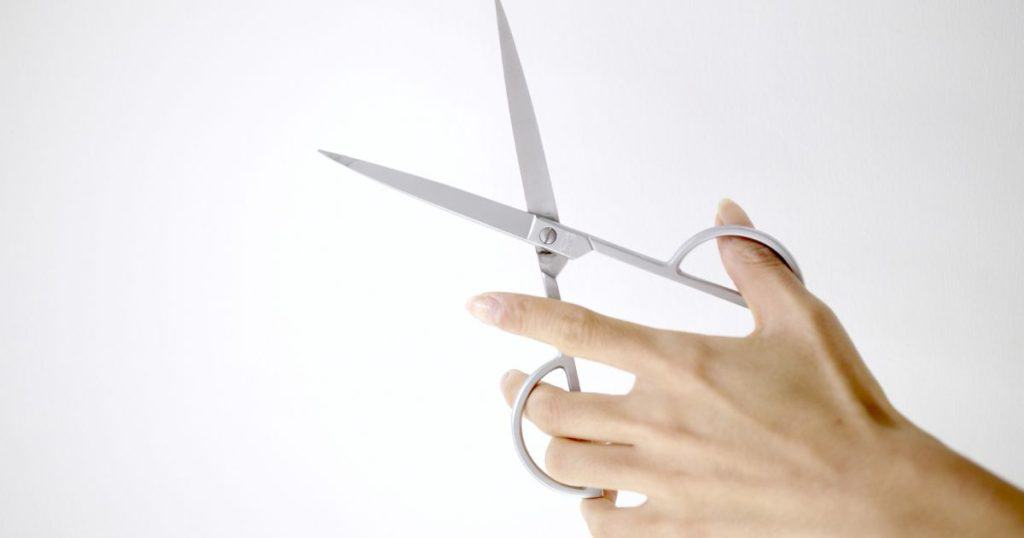
Are you planning to travel soon and wondering whether you can bring your scissors in your carry-on luggage? Scissors are essential tools that we use in our daily lives, especially when it comes to grooming, crafting, or cutting paper. However, when it comes to air travel, they can be a bit of a challenge due to safety concerns and regulations.
The Transportation Security Administration (TSA) has strict rules on what items are allowed in hand luggage, especially when it comes to sharp objects. So, can you bring scissors in your carry-on? The answer is not straightforward and may depend on various factors, such as the type of scissors, blade length, and additional screening measures. In this article, we will explore the TSA regulations on scissors in carry-on luggage, types of scissors and their allowance, considerations for international flights, safety concerns and risks, and much more.
Key Takeaways
- The TSA allows scissors in carry-on luggage, but they must be less than 4 inches from the pivot point, and any sharp objects in checked bags should be sheathed or securely wrapped to prevent injury to baggage handlers and inspectors.
- Multi-tools (multipurpose tools) with knives of any length are prohibited in carry-on bags, but multi-tools with scissors less than 4 inches may be placed in carry-on bags.
- When traveling with children or law enforcement, you may be allowed to bring certain types of scissors or other sharp objects in your carry-on luggage, but you must follow the TSA guidelines and additional screening measures.
TSA Regulations on Scissors in Carry-On Luggage

Are you planning on traveling soon and wondering if you can bring your scissors with you on the plane? The TSA has specific regulations regarding scissors and other sharp objects in carry-on luggage. Let’s take a closer look at what you need to know before you pack your bags.
According to the TSA, scissors with blades less than 4 inches are allowed in carry-on bags. However, if the scissors have blades longer than 4 inches, they must be packed in checked luggage. It’s important to note that any sharp objects in checked bags should be sheathed or securely wrapped to prevent injury to baggage handlers and inspectors.
It’s also worth mentioning that even if an item is generally permitted, it may be subject to additional screening or not allowed through the checkpoint if it triggers an alarm during the screening process, appears to have been tampered with, or poses other security concerns.
So, what does this mean for you and your scissors? If your scissors have blades less than 4 inches, you can bring them in your carry-on luggage. However, if they have blades longer than 4 inches, you’ll need to pack them in your checked luggage.
It’s always a good idea to check with the TSA before you travel to make sure you’re up to date on the latest regulations. You can visit their website for more information on what items are allowed in carry-on and checked luggage.
In summary, the TSA allows scissors with blades less than 4 inches in carry-on luggage, but if the blades are longer than 4 inches, they must be packed in checked luggage. Remember to always sheathe or securely wrap any sharp objects in your checked luggage to prevent injury to baggage handlers and inspectors.
Types of Scissors and Their Allowance

Are you planning to travel soon and wondering if you can bring your trusty scissors in your carry-on luggage? Well, the good news is that you can bring some types of scissors with you on your flight. However, there are certain restrictions that you need to be aware of to avoid any issues at the security checkpoint. In this section, we’ll go over the different types of scissors and their allowances, so you can pack with confidence.
Medical Scissors
Medical scissors are commonly used in hospitals and clinics for cutting bandages, sutures, and other medical materials. If you need to bring medical scissors with you on your flight, you’ll be pleased to know that they are allowed in your carry-on luggage. However, the blades must be less than 4 inches from the pivot point, and the tips must be blunt or rounded to prevent injury.
Embroidery Scissors
Embroidery scissors are small, sharp scissors that are used for embroidery and needlework. These scissors are also allowed in your carry-on luggage as long as the blades are less than 4 inches from the pivot point. However, be sure to pack them securely to prevent damage to your luggage or injury to baggage handlers.
Nail Scissors
Nail scissors are small scissors that are used for trimming nails. These scissors are allowed in your carry-on luggage if the blades are less than 4 inches from the pivot point. However, if the blades are longer than 4 inches, you’ll need to pack them in your checked luggage.
Cuticle Scissors
Cuticle scissors are small scissors that are used for trimming cuticles. These scissors are allowed in your carry-on luggage if the blades are less than 4 inches from the pivot point. However, if the blades are longer than 4 inches, you’ll need to pack them in your checked luggage.
In summary, if you need to bring scissors with you on your flight, make sure that the blades are less than 4 inches from the pivot point. Medical scissors, embroidery scissors, nail scissors, and cuticle scissors are all allowed in your carry-on luggage as long as they meet this requirement. Remember to pack them securely to prevent damage to your luggage or injury to baggage handlers.
Other Sharp Objects in Carry-On Luggage
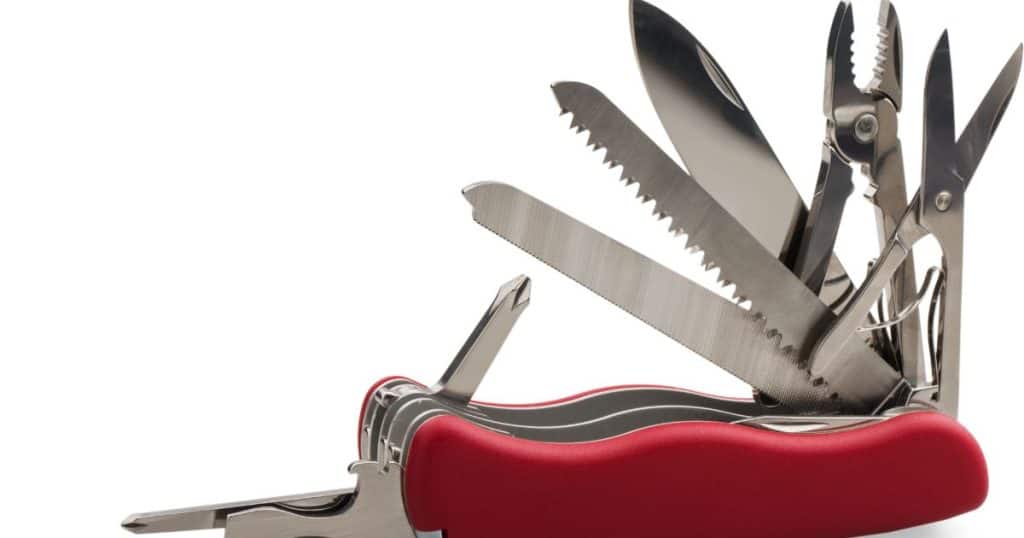
You’re packing your bags for your next adventure and you’re wondering, “Can I bring scissors in my carry-on?” Well, the answer is yes, but there are some restrictions. The Transportation Security Administration (TSA) has strict rules on what sharp objects you can bring in your carry-on luggage. In this section, we’ll cover everything you need to know about other sharp objects in carry-on luggage.
Knives
Knives are not allowed in your carry-on luggage. This includes all types of knives, even Swiss Army knives. If you need to bring a knife with you, it must be packed in your checked luggage.
Nail Clippers
Nail clippers are allowed in your carry-on luggage. However, if they have a nail file attached, they must be less than 4 inches in length to be allowed in your carry-on.
Tweezers
Tweezers are allowed in your carry-on luggage. They are not considered a sharp object by the TSA.
Sewing Needles
Sewing needles are allowed in your carry-on luggage. However, if you are carrying a large number of needles, it is recommended that you pack them in your checked luggage.
Crochet Hooks
Crochet hooks are allowed in your carry-on luggage. However, if they have a sharp point, they must be less than 4 inches in length to be allowed in your carry-on.
In summary, sharp objects are allowed in your carry-on luggage, but there are restrictions. Knives are not allowed, nail clippers and tweezers are allowed, and sewing needles and crochet hooks are allowed but with restrictions. Make sure to check the TSA website for the most up-to-date information on what items are allowed in your carry-on luggage.
Considerations for International Flights

Are you planning to travel internationally and wondering whether you can bring your scissors in your carry-on luggage? It’s important to know that TSA regulations for scissors may differ from those enforced by other countries’ airport security. Therefore, it’s crucial to check the destination country’s airport security guidelines before packing your scissors in your carry-on luggage.
For instance, some countries don’t allow any type of scissors in carry-on luggage, while others may allow only scissors with a blade length of less than 2.36 inches (6 cm). Additionally, some countries may require you to pack your scissors in checked luggage, regardless of their size.
It’s also important to note that some international flights may have a connection in a country with different airport security regulations. In this case, you may need to comply with the stricter regulations of the connecting country, even if they are not the final destination.
To avoid any inconvenience during your international flight, it’s best to pack your scissors in your checked luggage. However, if you need to bring scissors in your carry-on luggage, make sure to check the airport security guidelines of all countries involved in your journey.
In summary, when flying internationally, it’s crucial to be aware of the airport security regulations of all countries involved in your journey, especially when it comes to carrying sharp objects such as scissors in your carry-on luggage. By doing so, you can avoid any unwanted surprises and have a stress-free travel experience.
Packing Scissors and Other Sharp Objects in Checked Luggage

You’ve decided to pack for your upcoming trip, and you’re wondering whether you can bring your favorite pair of scissors in your carry-on bag. Unfortunately, the answer is no. The Transportation Security Administration (TSA) prohibits sharp objects in carry-on bags to ensure the safety of all passengers. However, you can still bring your scissors with you on your trip by packing them in your checked luggage.
When it comes to packing sharp objects in checked bags, the TSA has specific guidelines to follow. According to their website, any sharp objects in checked bags should be sheathed or securely wrapped to prevent injury to baggage handlers and inspectors.
So, if you’re planning to bring scissors, knives, or other sharp objects on your trip, make sure to pack them properly. Here are some tips to keep in mind:
- Use a protective case or sheath to cover the sharp edges of your scissors or knives.
- Wrap the sharp object in a layer of clothing or bubble wrap to prevent it from shifting during transit.
- Place the sharp object in the center of your checked bag, surrounded by soft items like clothing or towels.
By following these guidelines, you can safely pack your scissors and other sharp objects in your checked luggage without worrying about causing harm to others.
It’s important to note that while you can pack sharp objects in your checked luggage, there are still some restrictions to keep in mind. For example, certain types of knives or scissors may not be allowed on the plane, even in checked bags. It’s always a good idea to check with the airline or TSA before your trip to ensure that you’re following all the rules and regulations.
In summary, if you want to bring scissors or other sharp objects on your trip, packing them in your checked luggage is the way to go. Just be sure to pack them properly and follow all the TSA guidelines to ensure a safe and stress-free trip.
Safety Concerns and Risks

You’re all set to pack your bags for your upcoming flight, and you’re wondering if you can bring your trusty pair of scissors in your carry-on luggage. While the TSA allows scissors in carry-on bags, there are still safety concerns and risks associated with bringing sharp objects on a plane.
First and foremost, TSA officers are trained to identify potential security threats, and sharp objects like scissors could be mistaken for a weapon. This could lead to delays at the security checkpoint, and you may even be asked to surrender your scissors.
In addition to being a potential security threat, sharp objects like scissors can also pose a risk to baggage handlers and inspectors. If not properly packaged, sharp objects can cause injury to those handling your luggage. That’s why the TSA recommends that any sharp objects in checked bags should be sheathed or securely wrapped to prevent injury.
It’s also important to note that certain types of scissors may be considered hazardous materials. For example, scissors with blades made of certain metals or alloys may be prohibited in carry-on luggage due to their potential flammability or corrosivity.
In summary, while scissors are allowed in carry-on luggage, it’s important to be aware of the potential safety concerns and risks associated with bringing sharp objects on a plane. To minimize these risks, make sure your scissors are properly packaged, and consider packing them in your checked luggage if possible.
Additional Screening and Security Measures
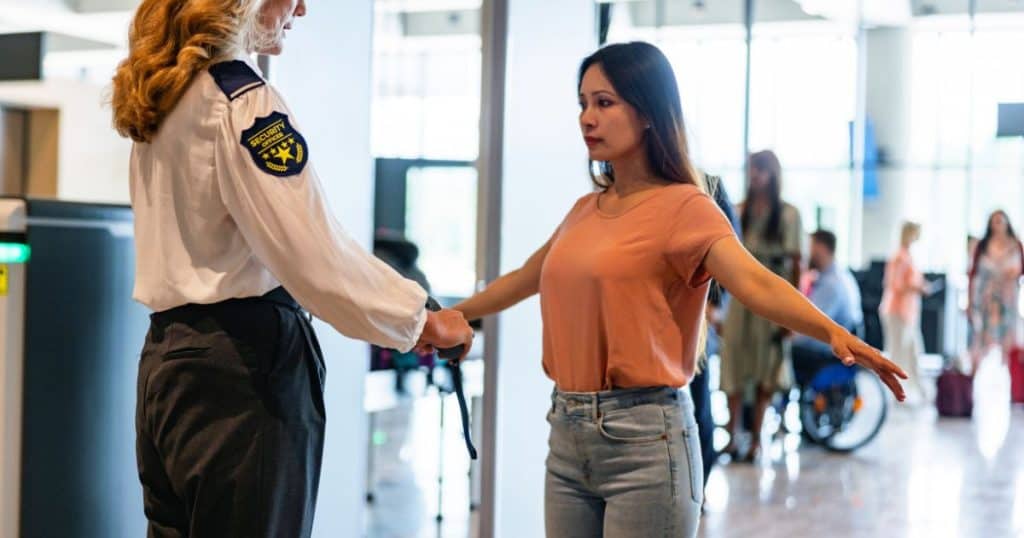
Are you wondering if you can bring your scissors in your carry-on bag? Well, the answer is yes, but with some restrictions. The TSA has strict rules and regulations when it comes to sharp objects in carry-on luggage. Scissors are allowed, but they must be less than 4 inches from the pivot point. Any sharp objects in checked bags should be sheathed or securely wrapped to prevent injury to baggage handlers and inspectors.
However, just because scissors are allowed in carry-on bags doesn’t mean they won’t be subject to additional screening and security measures. The TSA may ask you to remove the scissors from your bag and place them in a separate bin for X-ray screening. Additionally, if the scissors have a blade longer than 4 inches, they will not be allowed through security.
If you have TSA PreCheck, you may be able to keep your scissors in your bag during the screening process. TSA PreCheck is a program that allows expedited screening for low-risk travelers. However, even with TSA PreCheck, there is no guarantee that your scissors won’t be subject to additional screening.
Passenger support is available for those who need assistance with the screening process. If you have any questions or concerns about bringing sharp objects in your carry-on bag, you can contact the TSA Cares helpline for assistance.
It’s important to note that the liquids rule still applies to carry-on luggage. Liquids, gels, and aerosols must be in containers that are 3.4 ounces or less and placed in a clear, quart-sized bag. This bag must be placed in a bin for X-ray screening.
In conclusion, scissors are allowed in carry-on luggage, but with some restrictions. They may be subject to additional screening and security measures, and the liquids rule still applies to carry-on luggage. If you have any questions or concerns, don’t hesitate to reach out to passenger support or the TSA Cares helpline for assistance.
Prohibited Items in Carry-On Luggage

You’ve just booked your flight and you’re excited to embark on your next adventure. As you start packing, you might be wondering what you can and cannot bring with you on the plane. One item that often comes to mind is scissors. So, are scissors allowed in carry-on luggage?
Unfortunately, the answer is not a straightforward one. While scissors are generally allowed in checked luggage, they can be prohibited in carry-on luggage depending on their size and type. The Transportation Security Administration (TSA) has strict guidelines on what items are allowed in carry-on luggage, and it’s important to follow these regulations to avoid any hassle or delays at the airport.
In addition to scissors, there are several other items that are prohibited in carry-on luggage. These include ammunition, antlers, axes, and plasma lighters, among others. The FAA regulations also prohibit lithium metal and lithium-ion batteries with more than 100 watt-hours or 2 grams of lithium content. These batteries are commonly found in consumer devices such as laptops and smartphones.
If you’re unsure whether an item is allowed in carry-on luggage, it’s always best to check with the TSA beforehand. You can use the “What Can I Bring?” tool on their website to search for specific items and see if they are allowed in carry-on or checked luggage.
It’s also important to note that even if an item is allowed in carry-on luggage, it may still be subject to additional screening at the security checkpoint. For example, if you have a heating element or a battery-powered device, you may be asked to remove it from your bag for further inspection.
To avoid any issues at the airport, it’s best to pack smart and plan ahead. Make sure to check the TSA guidelines before packing your carry-on luggage, and if you’re unsure about an item, leave it at home or pack it in your checked luggage. By following these guidelines, you can ensure a smooth and stress-free travel experience.
Special Considerations for Children and Law Enforcement

As a parent, you know that traveling with kids can be a challenge. You need to keep them entertained, well-fed, and most importantly, safe. When it comes to packing, you may wonder if scissors are allowed in carry-on luggage. The answer is yes, but there are some special considerations to keep in mind, especially if you’re traveling with children.
First, it’s important to note that scissors must be less than 4 inches from the pivot point to be allowed in carry-on bags. This means that child safety scissors, which are typically smaller, are usually allowed. However, if your child has a pair of scissors that are larger than this, you’ll need to pack them in your checked luggage.
Additionally, if your child is traveling alone, you may want to consider packing any sharp objects, including scissors, in their checked luggage. This is because TSA agents may need to inspect their carry-on bags more thoroughly, which could cause delays or even missed flights.
When it comes to law enforcement, the rules are a bit different. TSA agents understand that law enforcement officers may need to carry certain items, including scissors, as part of their job. However, these items may be subject to additional screening, and officers may need to show their credentials in order to bring them on board.
Overall, if you’re traveling with children or are a law enforcement officer, it’s important to be aware of the rules regarding scissors in carry-on luggage. By following these rules, you can help ensure a smooth and stress-free travel experience for everyone involved.
Insights from Airport Security and TSA Agents

Are you wondering if you can bring scissors in your carry-on luggage? Well, who better to ask than the experts themselves – TSA agents and airport security personnel. Here are some insights from the people who handle security screenings every day.
According to TSA guidelines, scissors are allowed in carry-on bags as long as the blades do not exceed 4 inches from the pivot point. However, it’s important to note that this is subject to the discretion of the security officer. If they feel that the scissors pose a threat to the safety of other passengers or the aircraft, they may not allow them through.
TSA agents are trained to identify potential threats and prohibited items, so it’s always a good idea to check with them before packing your carry-on bag. If you’re unsure whether your scissors are allowed, you can always contact the TSA directly or use their “What Can I Bring?” tool on their website.
It’s also worth noting that while scissors are allowed in carry-on bags, they should be packed in a way that prevents injury to baggage handlers and inspectors. This means that any sharp objects in checked bags should be sheathed or securely wrapped.
Overall, it’s important to follow TSA guidelines and use common sense when packing your carry-on bag. If you’re unsure whether an item is allowed, it’s always better to check with the experts. By doing so, you can help ensure a smooth and stress-free travel experience for yourself and your fellow passengers.
So next time you’re packing for a trip and wondering if your scissors are allowed in your carry-on luggage, remember to check with the TSA and follow their guidelines. With a little bit of preparation and knowledge, you can help make sure your travel experience is safe and hassle-free.
FAQs
If you’re planning to travel soon and you’re wondering whether you can bring scissors on a plane, you’re not alone. Many people have questions about what they can and can’t bring in their carry-on luggage. Here are some frequently asked questions to help you understand the rules and regulations.
What size scissors can you bring on a plane?
According to the Transportation Security Administration (TSA), you can bring scissors in your carry-on luggage if the blades are less than 4 inches long from the pivot point to the tip of the blade. Larger scissors should be packed in your checked baggage if you need to take them with you. Remember, any sharp objects in checked bags should be sheathed or securely wrapped to prevent injury to baggage handlers and inspectors.
Why scissors are not allowed in flight?
Scissors are considered a sharp object and can be used as a weapon. That’s why the TSA has rules in place to ensure that scissors are not used to harm anyone on a plane. By limiting the size and type of scissors that can be brought on board, the TSA hopes to keep passengers safe.
What is not allowed in a carry-on bag?
There are several items that are not allowed in a carry-on bag, including:
– Firearms and ammunition
– Explosives
– Flammable items
– Self-defense items like pepper spray or mace
– Certain tools and sharp objects like box cutters, knives, and razors
Can I bring manicure scissors on a plane?
Yes, you can bring manicure scissors on a plane as long as the blades are less than 4 inches long from the pivot point to the tip of the blade. However, if you’re not sure whether your scissors meet the TSA’s guidelines, it’s best to pack them in your checked baggage.
Can you take scissors through airport security?
Yes, you can take scissors through airport security as long as they meet the TSA’s guidelines. Make sure to pack them in your carry-on luggage if they’re small enough or in your checked baggage if they’re larger.
Are small scissors allowed on planes?
Yes, small scissors are allowed on planes as long as the blades are less than 4 inches long from the pivot point to the tip of the blade. However, if you’re not sure whether your scissors meet the TSA’s guidelines, it’s best to pack them in your checked baggage.
Now that you have a better understanding of the rules and regulations around bringing scissors on a plane, you can pack with confidence. Remember to follow the guidelines set by the TSA to ensure a safe and smooth travel experience.

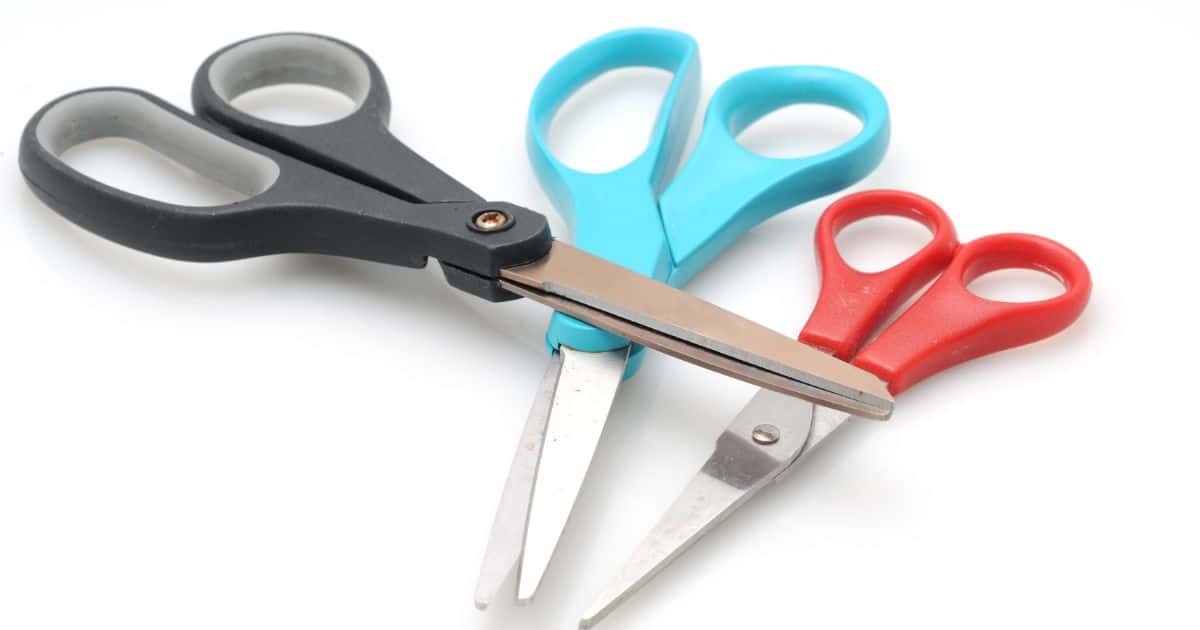
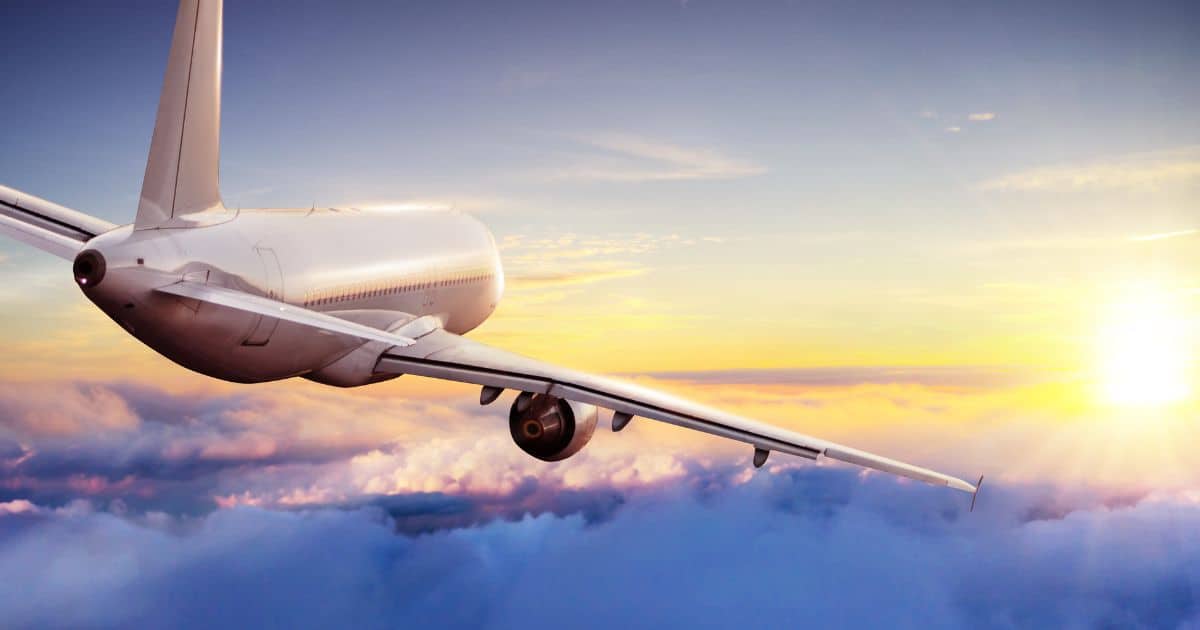
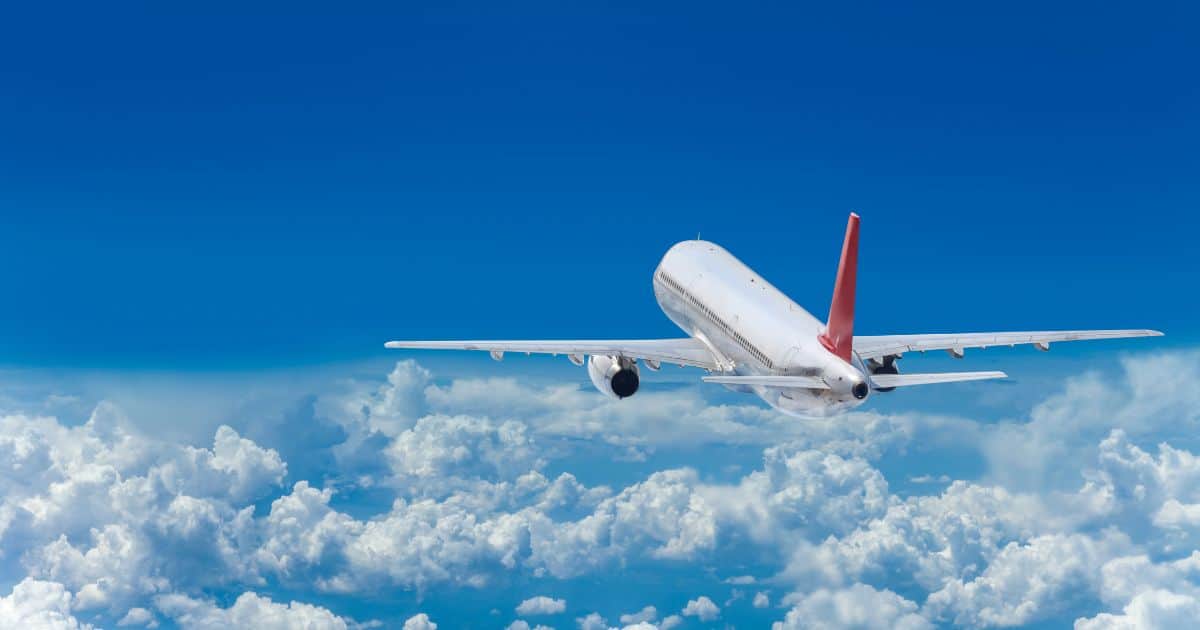
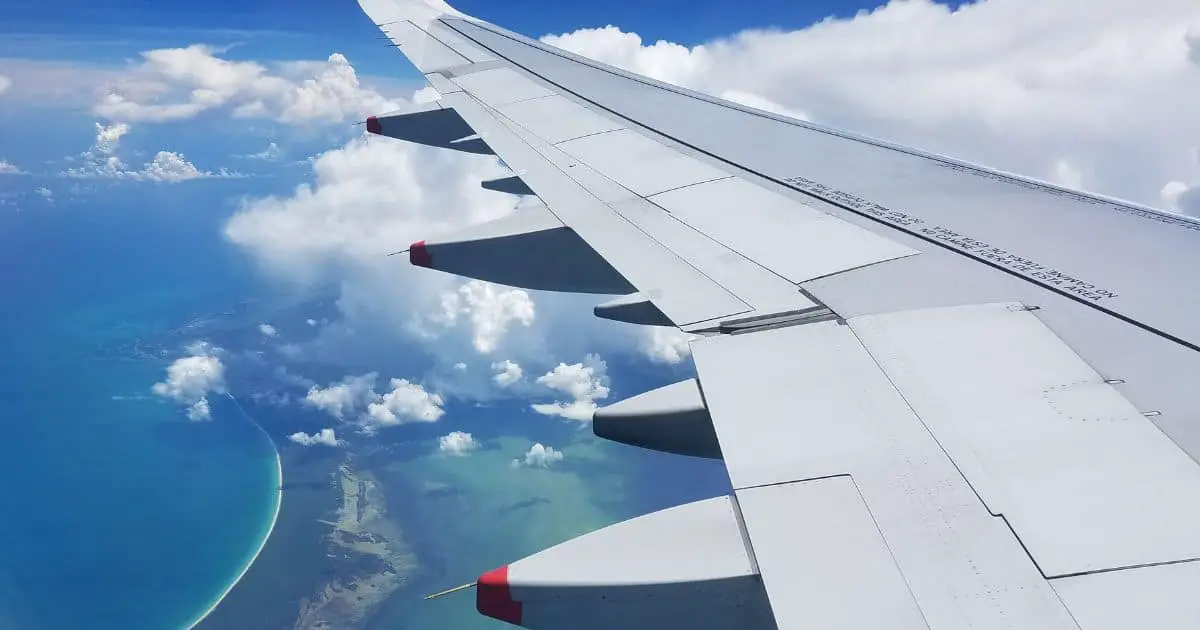
Leave a Reply